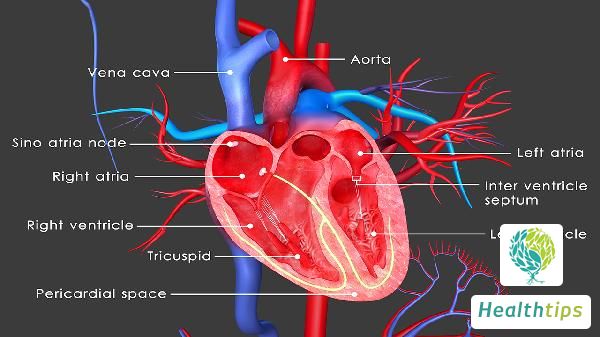"What Are the Causes of Vitiligo?"
The etiology of vitiligo is diverse and may be related to genetic factors, autoimmune diseases, neuropsychiatric factors, and more. If patients experience discomforting symptoms, it is recommended to promptly consult a physician for diagnosis and treatment under medical guidance.

Common Causes
1. Genetic Factors: Vitiligo exhibits a familial clustering pattern, with frequent occurrences within families, suggesting a genetic predisposition for the disease.
2. Autoimmune Diseases: Diseases such as hyperthyroidism and diabetes can lead to the destruction of melanocytes due to immune system abnormalities, thereby triggering vitiligo.
3. Neuropsychiatric Factors: Some patients have a history of psychological trauma before or during the onset of the disease, such as prolonged anxiety or high life stress, which may induce the development of vitiligo.
Less Common Causes
Apart from the aforementioned factors, vitiligo can also be caused by deficiencies in trace elements or excessive sun exposure. Trace elements like copper, zinc, and iron are essential components of tyrosinase. Their deficiency in the body can reduce tyrosinase activity, affecting melanocyte metabolism and leading to vitiligo. Prolonged exposure to ultraviolet radiation can also cause excessive loss of skin melanin, contributing to the onset of vitiligo.
For vitiligo patients, it is crucial to avoid spicy and stimulating foods in daily life and consume vitamin C-rich foods and fruits, which can aid in the recovery process. Additionally, maintaining a positive mindset and avoiding excessive stress and anxiety is essential.



















